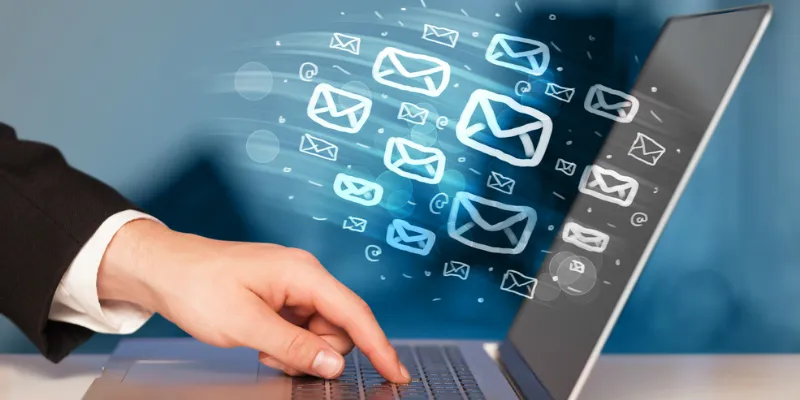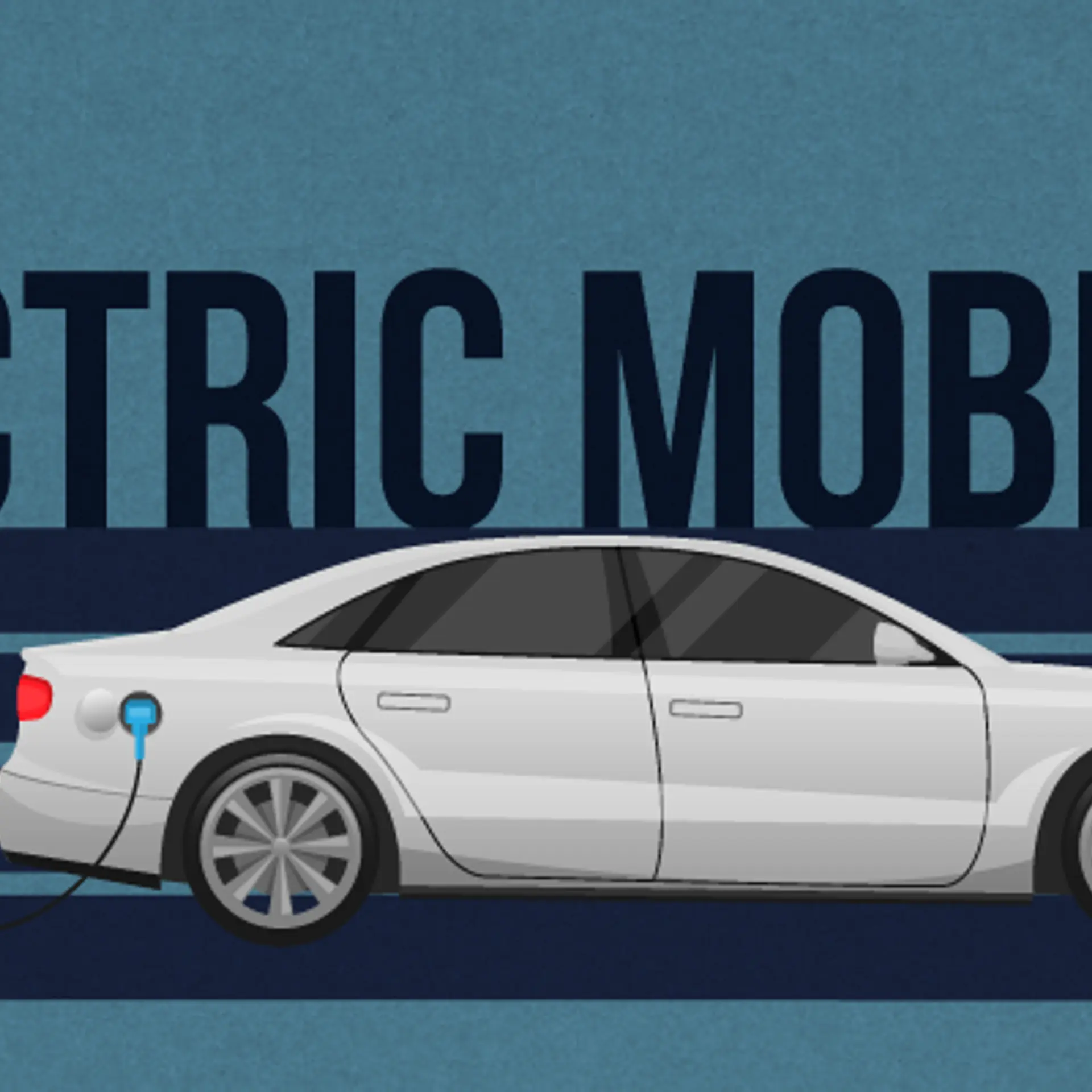How to build email connect instead of email fatigue
As digital aficionados, today's consumers are well-versed and prefer to interact using the various digital channels at their disposal. The Digital Age has created a massive yoke for consumer brand marketers to constantly upscale and innovate their techniques to engage and sustain their consumers more effectively. Email has always been the favoured medium of communication for consumer brands, as it is the most affordable and detailed platform. While traditional email runs the risk of creating fatigue among consumers due to its static nature, newer technologies, such as real-time emailing, promise to be the game-changer for consumer brands.

New-age real-time emailing
Today, India has nearly 400 million mobile users and 325 million smartphone users. The extent of smartphone penetration has dramatically increased the frequency and ease of email access. For consumer brands, it has become critical to upscale their email messaging to be more relevant, and on time, and create deep and meaningful connections with consumers.
Traditional, static email fails on three important counts: relevance, timeliness and connect. For example, if an e-commerce brand has announced a periodic sale on its website on a particular day, the brand will email details of the sale well in advance. If the e-commerce brand is using traditional email marketing techniques, the content will naturally remain static and unchanging, irrespective of the day and time at which the consumer reads the email. However, in the same scenario, if a brand uses real-time emailing, the consumer will read personalised content that specifies the exact day and time left to make the most of the sale. This kind of personalised emailing has led to a 40-50 percent growth in revenue for consumer brands.
The key to brand success – personalisation
Brands across e-commerce, e-wallet, retail and BFSI sector are now making a concentrated effort to keep their eyes and ears open to their consumer’s wishes through their digital footprints. Today, consumers leave digital footprints whenever they browse and/or purchase products/services online. These footprints are created through a consumer’s activity on numerous channels and helps brands create a comprehensive consumer profile. This profile includes details such as name, age, email ID, likes, dislikes, and purchase patterns.
Breakthrough digital marketing technology captures these data points online through digital footprints, and synchronises them to create a unified consumer view. The technology identifies a consumer’s most preferred digital channel, the time at which they most frequently consume the content and the category of product/services they are looking for. Digital footprints have led to enormously successful marketing campaigns for brands.
Segmentation also plays a vital role in brand message delivery, and trends are moving towards mass, one-to-one personalisation. That means that marketers have the power to segment their audiences through parameters like age group, using marketing technology. Marketers can use these segments to send mass mails, and identify the channel of preference for mass mails etc.
The rise of digitally-evolved consumers in Tier-II and III markets
Nowadays, consumers in Tier II and III markets are also exposed to the latest advancements in mobile technology that regularly flood the market. Applications like email, Facebook, WhatsApp etc., are also heavily used in these markets. The communication that goes to these consumers has to be relevant, crisp and substantial. To better understand the trends witnessed in these markets, brands initially use mobile technology to engage with and cull out the primary data of a consumer, like their name, age, email ID, etc.
Consumer brands then later switch to email as their marketing channel depending upon the consumer’s usage, as, with smartphone penetration in these markets, the frequency with which a consumer accesses their email has also increased. Before Internet-enabled mobile devices, consumers would typically check their email at least once or twice a day. Nowadays, people sync their email on their mobile phones and check their email multiple times a day.
How to curb email fatigue?
Email fatigue primarily occurs because of two reasons – if a brand sends out repetitive and numerous emails, or if a brand sends out irrelevant emails. Here, marketing technology has turned out to be the most effective tool to avoid both scenarios. When the content of the email is always relevant and based on the consumer’s interest, and the message is delivered on time and engages the customer in real time, email is still the most credible source of information for consumers, contrary to some opinions. As brand marketers, it’s important to remember that consumers receive multiple marketing emails every day so it’s critical that these brands innovate their messaging in order to better engage with consumers.
For email marketing, consumer brands need to think out of the box to collect data points, like the medium on which the email is accessed – mobile or desktop. This will help them design and structure their content accordingly and appropriately.
New-age mobile marketing
Brands across retail and e-commerce sector have now realised the importance of collecting data on the digital persona of their consumers on Facebook and Twitter. This data gives them unique insights that help them understand their consumers better. While mobile marketing is a more intrusive form of communication, this data helps brands to deliver precise, personal, and relevant messaging. SMS as a medium is confined to 160 characters for marketing purposes and there are also certain regulations beyond which brand promotion is prohibited on the platform. Moreover, SMS is expensive and so is not regarded as a preferred marketing tool. Push notifications, however, have been gaining momentum lately in the Indian market, especially with consumer brands. Push marketing helps brands engage with their consumers in real time. A recent example is when the demonetisation of Rs 500 and Rs 1,000 currency notes occurred in India, brands in the mobile wallet segment used push notifications as a medium to promote their services digitally.
SMS as a medium is confined to 160 characters for marketing purposes and there are also certain regulations beyond which brand promotion is prohibited on the platform. Moreover, SMS is expensive and so is not regarded as a preferred marketing tool. Push notifications, however, have been gaining momentum lately in the Indian market, especially with consumer brands. Push marketing helps brands engage with their consumers in real time. A recent example is when the demonetisation of Rs 500 and Rs 1,000 currency notes occurred in India, brands in the mobile wallet segment used push notifications as a medium to promote their services digitally.
The power of omni-channel
A lot of consumer brands are looking at a mix of both channels - email and mobile, in order to provide complete marketing solutions to their consumers. Through marketing technology, or martech, consumer brands can easily switch platforms and channelise their messaging on different mediums as dictated by their consumers’ preferences. While email, SMS and push notifications come under push marketing, another value-adding vertical known as pull marketing is being used by brands these days. Pull marketing uses chatbots technology. Chatbots are mostly used for resolving consumer queries, and are not typically used for marketing. Both push and pull marketing have to co-exist harmoniously for successful consumer brand marketing.
The future of digital marketing
Millennials are estimated to be a brand’s most coveted customer segment thanks to their higher annual purchasing power in the coming years. Omnichannel connections have been identified as the approach that will help create connections with this demographic. While email helps build a personalised connect with consumers, SMS helps brands to connect with consumers on the go. Through marketing technology the content is bifurcated according to age segments and the consumers’ preferred medium. Most people today have their email addresses with webmail services like Gmail or Yahoo or Hotmail.
These services have already started reducing the access and reputation of those consumer brands that fail to engage effectively with the consumer on their platform. For example, if a person is flooded with emails from an e-commerce brand on their Gmail ID, and doesn’t read them for a very long time, Gmail will automatically reduce the reputation of that brand and directly start sending their emails to spam. It’s important to note that about 95 percent of content shared by brands are to Gmail, Yahoo or Hotmail IDs.
(Disclaimer: The views and opinions expressed in this article are those of the author and do not necessarily reflect the views of YourStory.)







